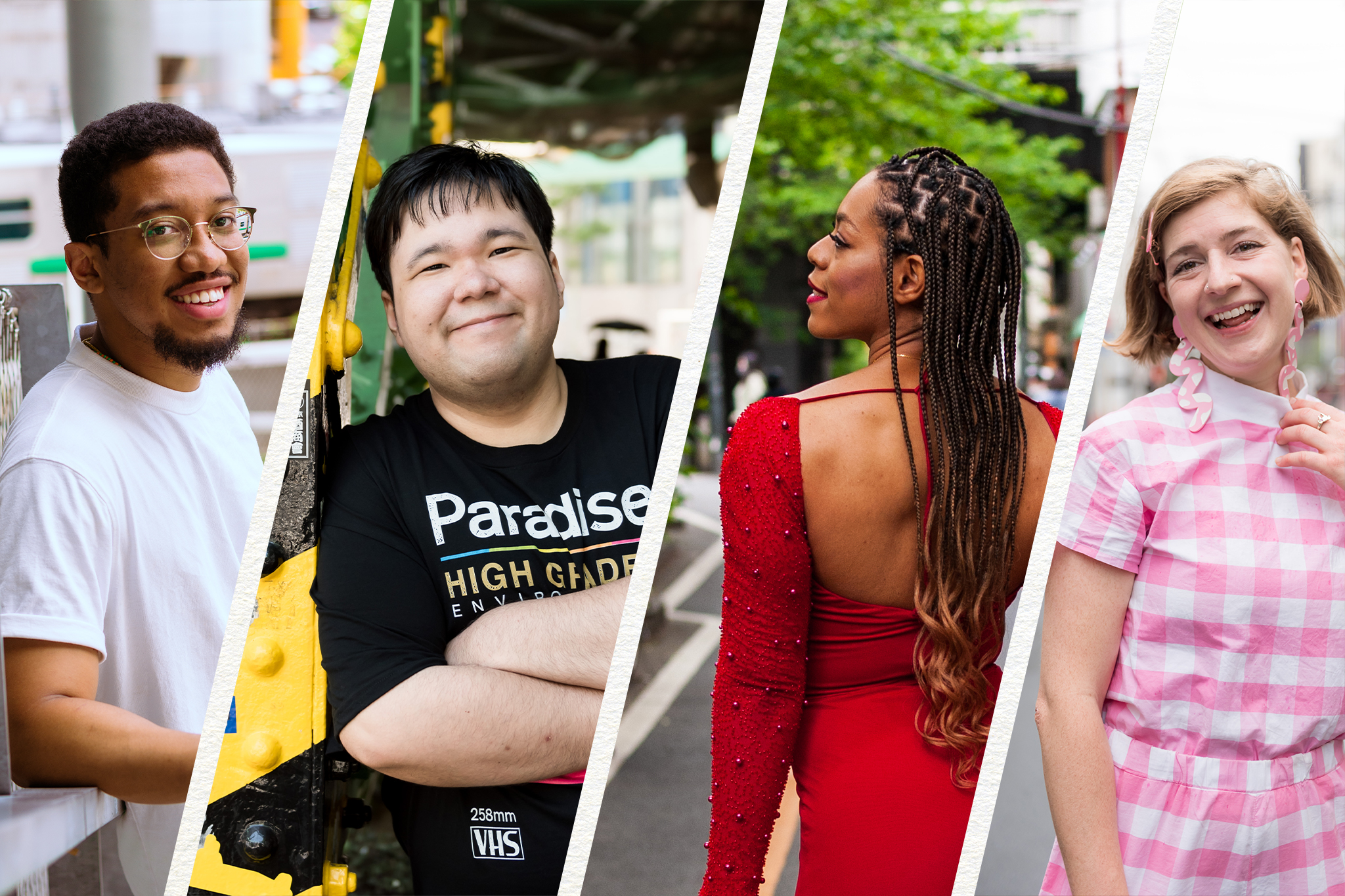The humans of Tokyo make this metropolis pulse with energy. We check in with four of the many Tokyo voices that make the cacophony a symphony, this time in collaboration with Millennials of Tokyo.
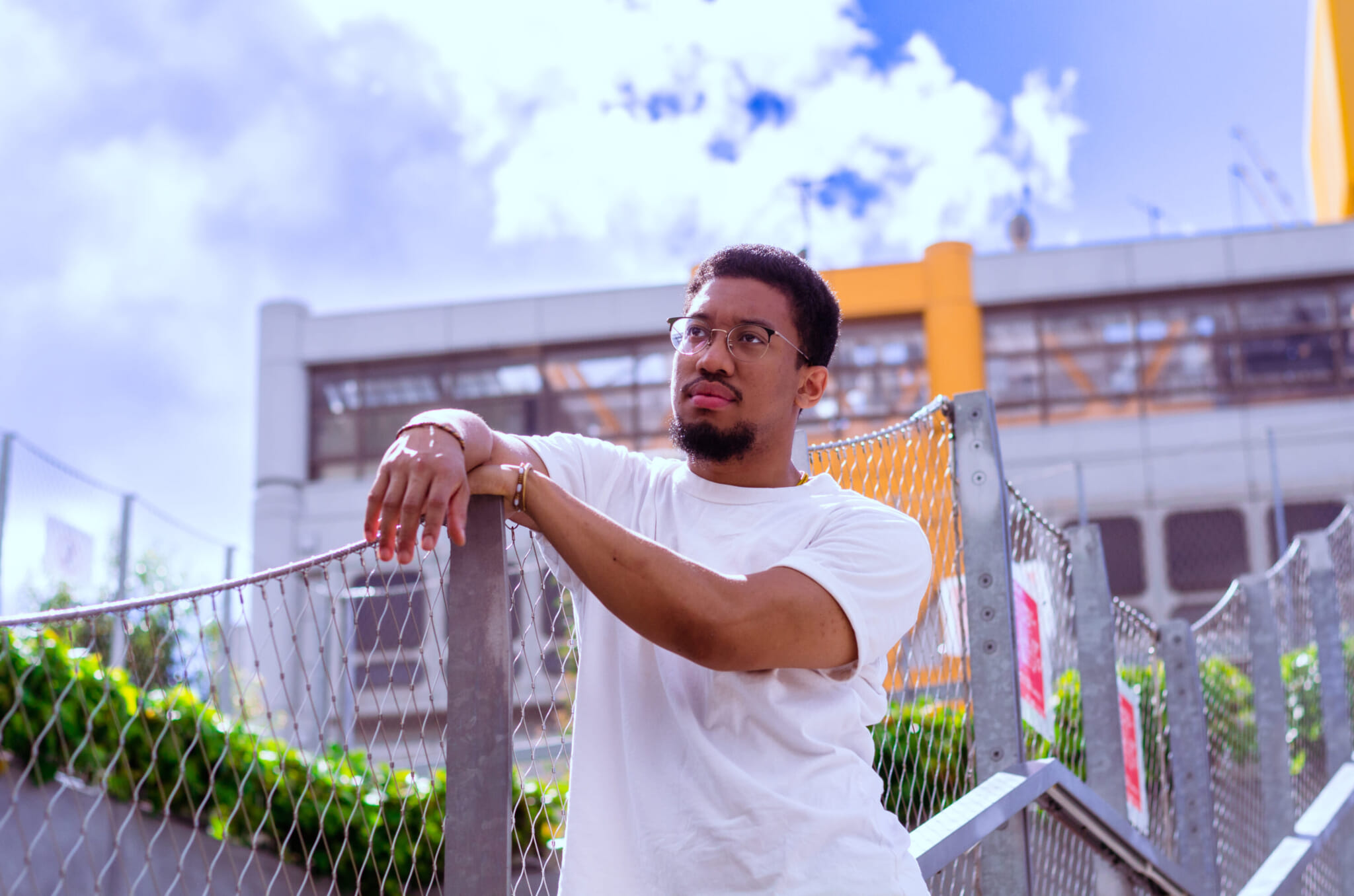
Photo by Richard Lee for Millennials of Tokyo
Pele Von, Video Creator
Known best as Pelegroso to his thousands of Instagram and TikTok followers, this content creator uses comedy to make social commentary on everything from Japanese working culture and hafu identity to customer service in Ghana. Being a well-traveled Ghanaian Japanese gives him a multicultural perspective and endless ideas to entertain us and make us feel seen.
What is your current obsession?
I’ve been flirting with the idea of starting a clothing line, so I’ve been really into looking at various Afro-Asian fashion fusion. Another thing I’m super into right now is organizing small, cozy-ish parties.
How many of your videos about Japan are based on true stories?
I’d say most are. Obviously, I add a little spin on all of them, but each video is to varying extents inspired by a real story or a phenomenon that actually exists.
As someone who can dissect the absurdities of the Japanese workplace so well, can you tell us your favorite tip to survive this salaryman world?
Run around the office to seem busy. Lol. No, I think you need to play politics and become close to the right people with influence.
What’s your favorite part of Tokyo and why?
I really like to chill by the Tamagawa River. As the seasons change, the sun sets in a different spot. Sometime around March-April, it sets right where the river flows, and it’s a whole vibe.
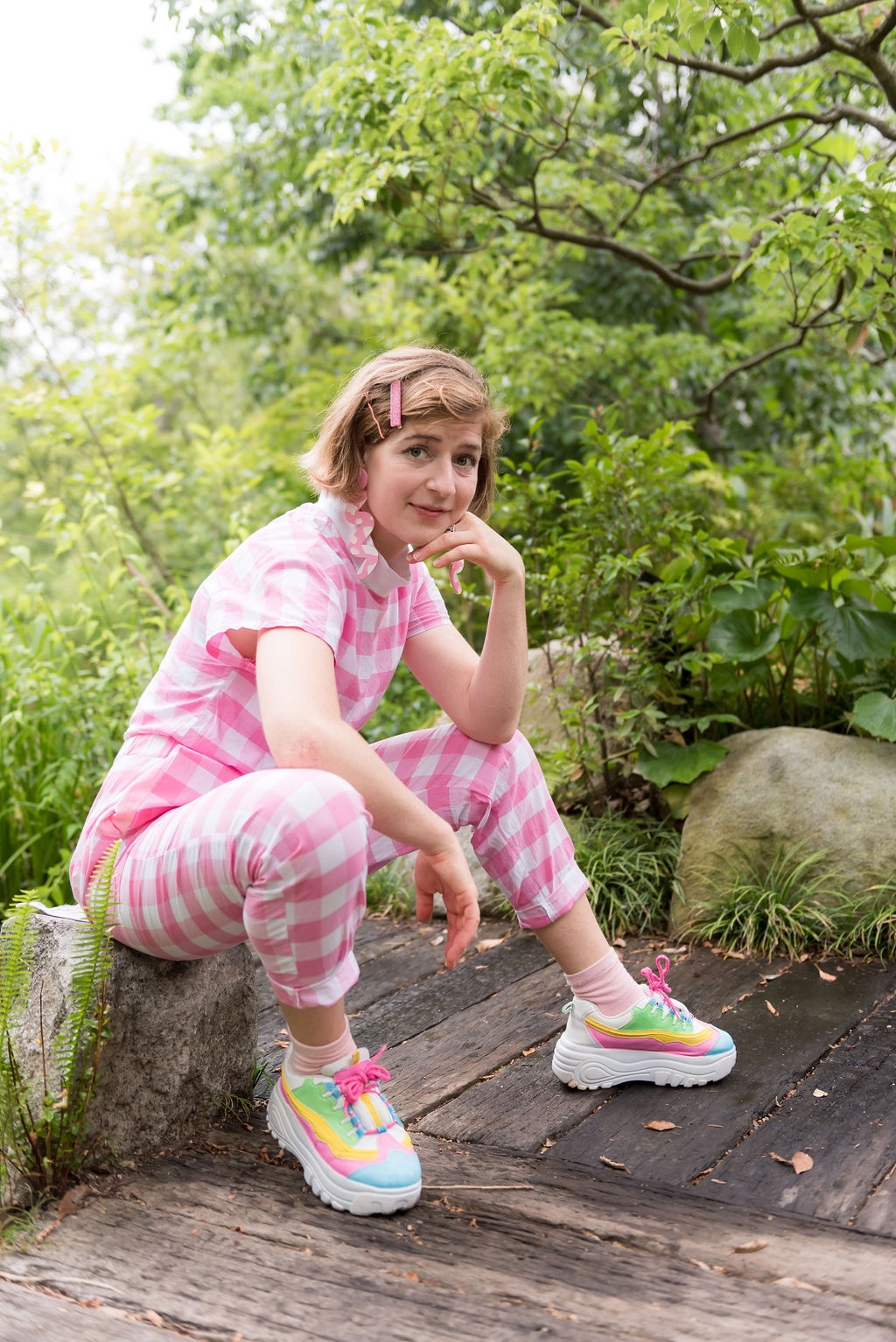
Photo by Michael Holmes for Millennials of Tokyo
Maia Lilford, Fashion Designer
With the founding of the Wearing Maia clothes brand, Lilford has been celebrating the odd, the colorful and the wonderful. Her work, featuring everything from 1960s influences to collaborations with cutting-edge tech and other creatives, is both nostalgic and futuristic. She also takes great care to use sustainable materials, ethically sourced and thoughtfully made.
What’s your current obsession?
I’ve been researching the frequencies of fabric, mycelium mushrooms and alternative ways of printing on fabric. I would like to shift Wearing Maia toward making fabric through interactive and community-building methods, focusing on sustainable, sensory, reversible and musical ways of making clothes.
You’ve created clothes inspired by the Teletubbies and clothes out of stuffed animal toys from your childhood. If there were no limits, what unlikely thing would you make clothes out of?
If there were no consequences, it would be a dream to make a suspended drag collection! Think space, trampolines, inflatable vibes with all the glitz, glam, crowns and boas!
How and where in Tokyo do you feel the most free?
Dressing in some colorful, ridiculous pair wear with my husband and having a boogie with friends at the clubs in Sangenjaya or Omotesando.
What color is Tokyo to you?
Pink and yellow hues. The sunsets here are pretty wild. Also, yellow is the color of food, and pink is just fabulous!
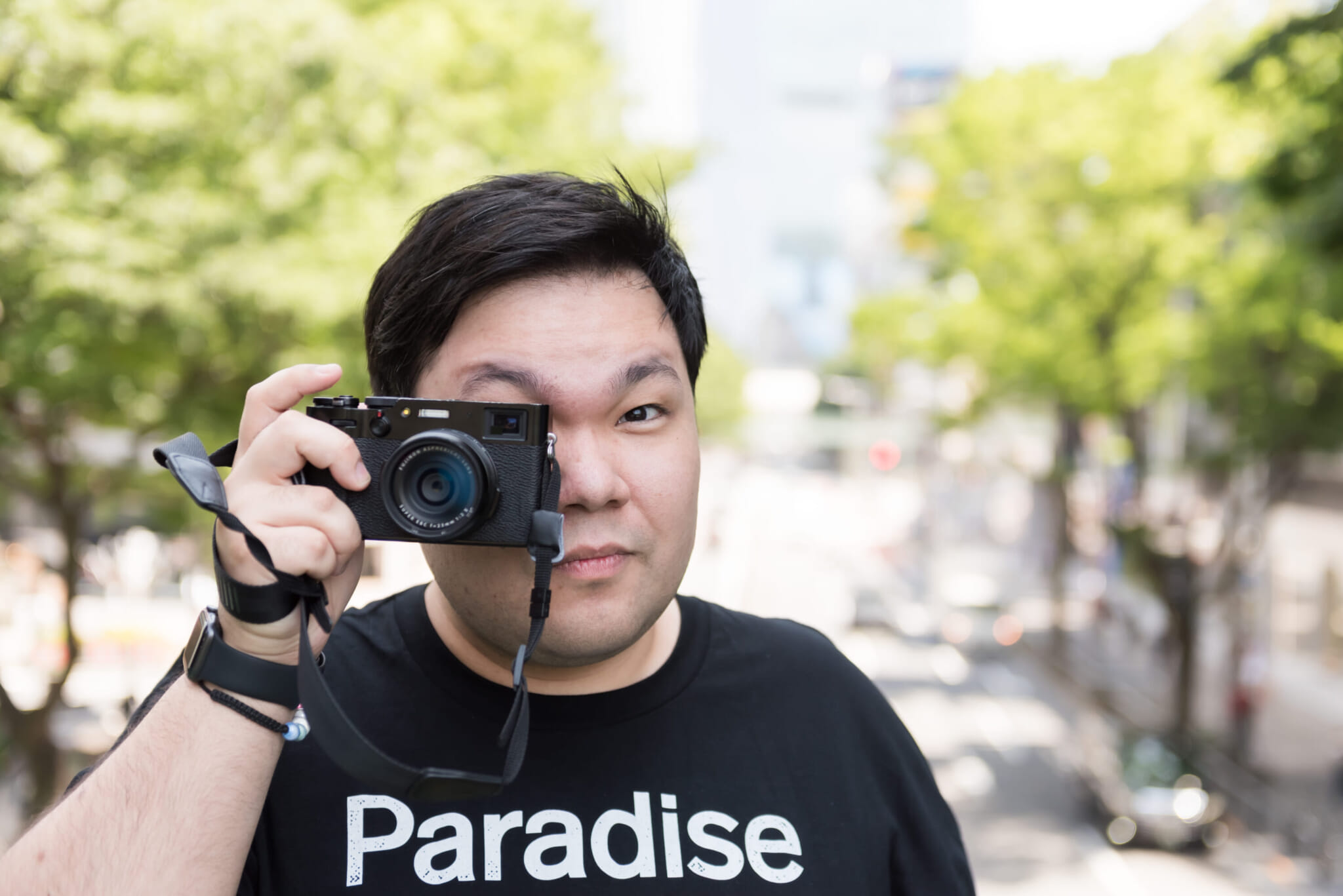
Photo by Michael Holmes for Millennials of Tokyo
Bektur Ryskeldiev, Multidisciplinary Researcher and Creative Technologist
Ryskeldiev, who hails from Kyrgyzstan, is involved in activities that can only be described as fascinating, multifaceted and many. Just to mention a few: He researches accessible interfaces, works on spatial interactions in augmented reality, runs events and hackathons around artificial intelligence, extended reality and mechanical keyboards, speaks at conferences, takes photos and makes art. And we are barely even scratching the surface.
What is your current obsession?
Digital fabrication. Nowadays, even a hobbyist 3D printer can make realistic props, prosthetics, shape-changing materials and weave fabric. It feels like living in science fiction at times. I am curious how this can connect the digital and real world and what it means for the future of human-AI collaboration.
You’re immersed in high tech. What’s the most offline, analog activity you do to disconnect?
When the weather is good, I like to find the highest observation point and watch the sunrise or sunset.
What’s the most cyberpunk spot in all of Tokyo?
Shibuya River. You get to peek at many old and new buildings huddled together; sometimes, you get to see an old Showa-era house literally hugged by tall apartment complexes. It really gives you a “high tech, low life” feeling.
Give us one future prediction for Tokyo in 2100.
One thing I know for sure is that even in a hundred years, Tokyo will be oddly familiar!
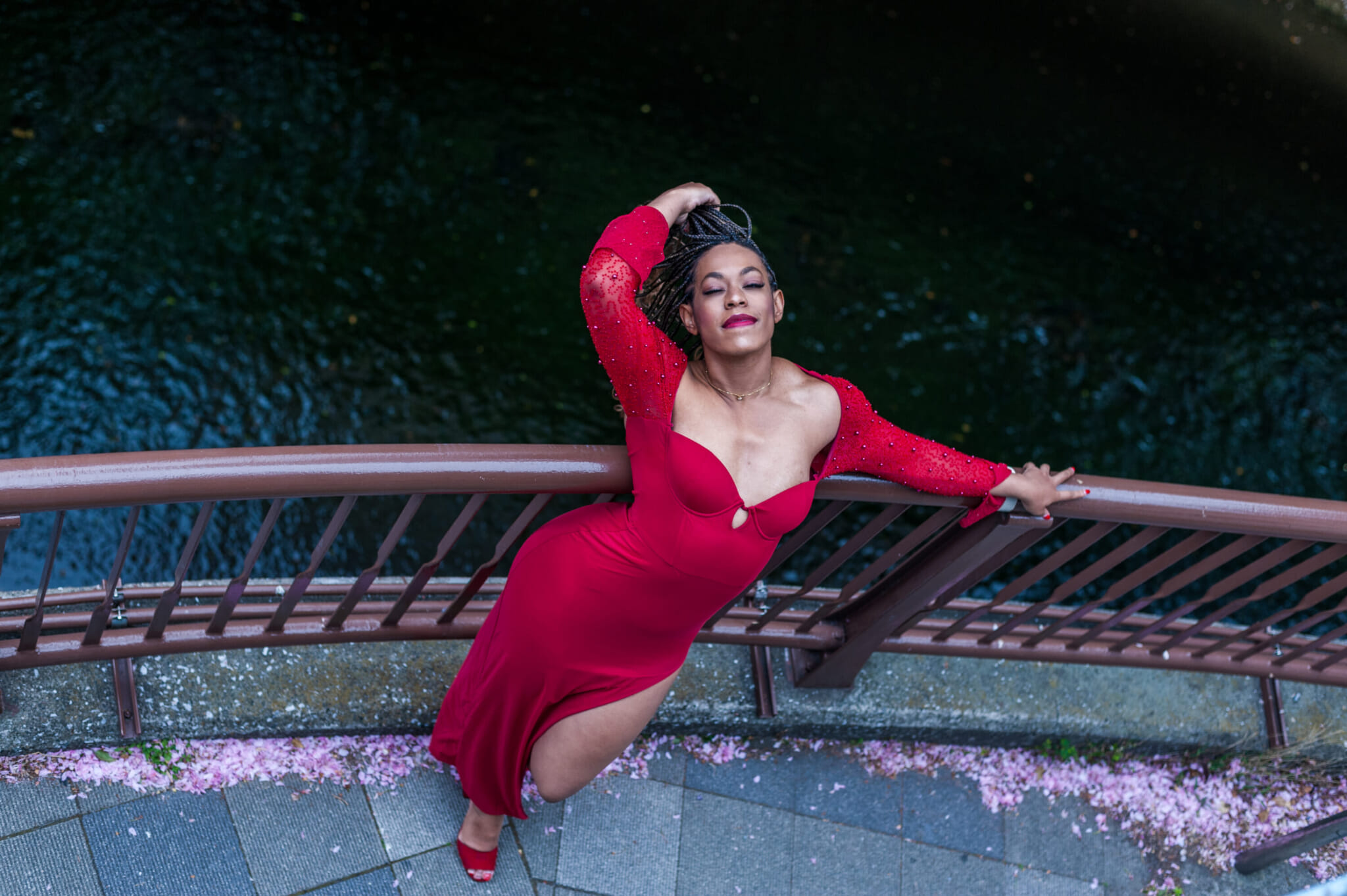
Photo by Richard Lee for Millennials of Tokyo
Schyler Alexandra Cole, Venture Capitalist and Policy Specialist
Originally from Memphis, Tennessee, in the U.S., Cole graduated from Stanford University with a bachelor’s degree in economics and founded a social enterprise in food ecosystems and health. She then earned a Master of Public Policy at the University of Tokyo. She is an associate at Incubate Fund and co-founder of Startup Co-Creation. In addition to her work as a capital allocator, she is the yoga lead for Sogo Fitness in Tokyo and creates yoga and movement content through her brand, Honor Your Flex.
What’s your current obsession?
Improving my yoga teaching and movement coaching. This involves research, practice and forever being a student!
What makes Tokyo an exciting place for business and investment?
Tokyo, and Japan overall, has a combination of opportunities in its favor, including capital availability that can be better allocated, competitive advantages in deep tech, precision healthcare, and hardware, incredible soft power to be better harnessed, geopolitical shifts, changing attitudes and regulations, and an increased need for innovation, especially considering demographic trends that other countries will also experience.
The startup and venture ecosystems in Tokyo are still nascent but have immense potential to grow and develop uniquely.
What do you love about Tokyo the best?
From the high baseline quality of life involving safety, security and convenience to the ability to discover a hidden gem around every corner, Tokyo offers a lifestyle that is equal parts peaceful and exciting.
If you were to choose only one word to describe Tokyo, which one would it be?
Dynamic.
This article was originally published in the TW September-October 2023 issue
Read the previous installments of TW’s Voice of Tokyo.

